Compositing is one of the most powerful tools in a photographer’s creative arsenal. It allows you to go beyond what the camera sees and build a final image from multiple photos, layers, or elements. But when exactly should photographers use compositing—and why?
Relevant note: there is a free webinar going on now with 7 Powerful Photoshop Composite Secrets. Seats are filling fast—you may want to check it out, it has been really helpful.
Let’s break it down.
What Is Compositing?
Compositing involves blending elements from two or more images into a single, cohesive photo. This can be as simple as swapping a sky or as complex as crafting an entirely surreal scene using dozens of separate photos.
When Photographers Use Compositing
1. To Overcome Technical Limitations
Sometimes it’s physically impossible to capture a scene as imagined in a single frame. For instance:
- High dynamic range (HDR): Combining multiple exposures helps balance out overly bright skies and dark shadows.
- Group photos: Merging several shots ensures everyone’s eyes are open and smiles are perfect.
- Night skies: A sharp foreground and a crisp Milky Way often require different exposures blended together.
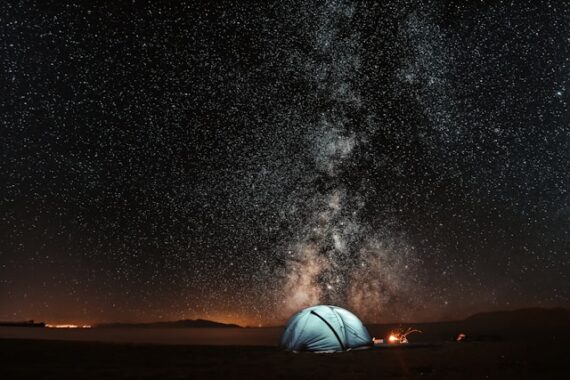
Photo captured by Pars Sahin
2. For Artistic Storytelling
Compositing allows photographers to bend reality to tell a more powerful or fantastical story. Think of:
- Fine art portraits with dreamlike settings.
- Conceptual photography where gravity-defying elements or surreal landscapes play a role.
- Fantasy and sci-fi scenes built from stock photos and original captures.
3. For Commercial or Product Photography
Marketers and brands need clean, controlled visuals. Photographers often:
- Composite multiple shots to create flawless product images.
- Replace backgrounds for flexibility across ad campaigns.
- Add lighting effects or reflections digitally for enhanced impact.

Photo captured by Lora Seis
4. To Save Time and Money on Location
Instead of flying to five countries, a travel ad might be built using composited backgrounds and model shots in studio. This is common in:
- Movie posters
- Fashion ads
- Tourism campaigns
Why Photographers Use Compositing
- Creative Control: You can create visuals that wouldn’t exist otherwise.
- Problem Solving: Fix lighting issues, remove distractions, or change elements after the shoot.
- Client Expectations: Commercial clients often expect perfection—compositing helps meet that standard.
- Efficiency: It saves reshoots, travel costs, and sometimes even makes the impossible… possible.
Is It Cheating?
Some purists argue compositing isn’t “true photography.” But in reality, it’s just another tool—like lighting, framing, or post-processing. Whether you use it depends on your goals. For documentary work, heavy compositing is a no-go. For commercial, fine art, or creative work, it’s often expected.
Conclusion:
Compositing opens up a world of creative possibilities for photographers who want more than a single shutter click can offer. Whether you’re perfecting a scene, telling a surreal story, or meeting a client brief, understanding when and why to use compositing can elevate your work to a whole new level.
For Further Training on Photoshop Compositing:
Create stunning, seamless, and jaw-dropping photo composites. Struggling to bring your vision to life in Photoshop? This free class, 7 Powerful Photoshop Composite Secrets Webinar, will likely be helpful–plus, all webinar attendees get three free bonuses.
Whether you’re a beginner or a Photoshop pro, these techniques will unlock new creative possibilities. Beyond just technical skills, you’ll also gain a deeper understanding of how to approach image editing with a creative mindset.
Reserve a spot: 7 Powerful Photoshop Composite Secrets Webinar
Like This Article?
Don't Miss The Next One!
Join over 100,000 photographers of all experience levels who receive our free photography tips and articles to stay current:
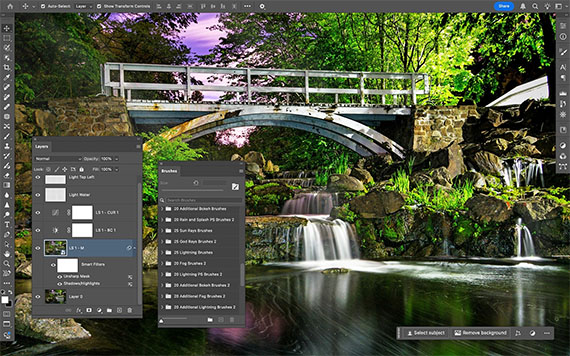

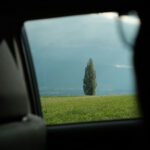

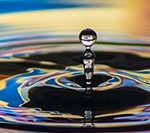
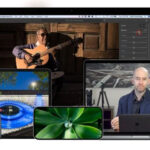
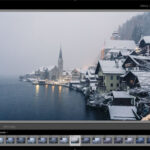
Leave a Reply